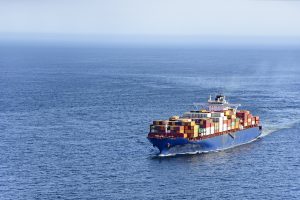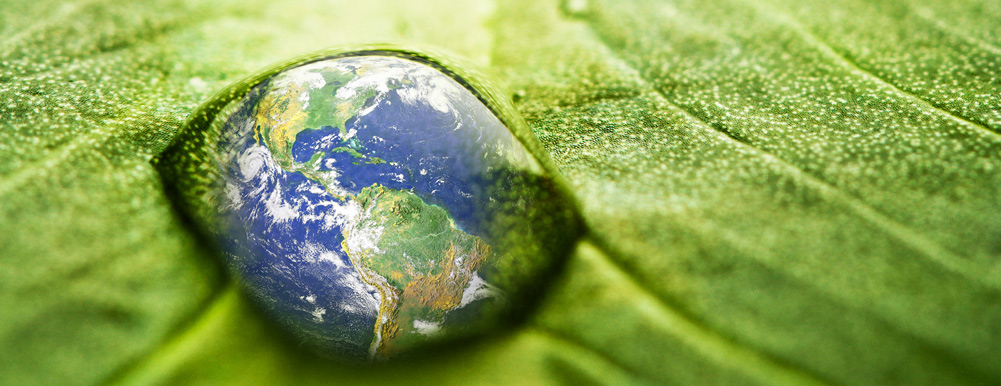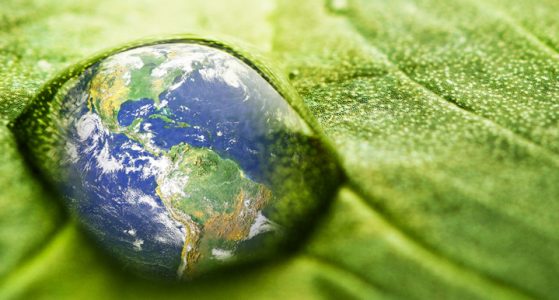 A ballast water system is used in ships and large vessels to maintain balance and ideal buoyancy while loading or unloading cargo and while sailing through the water. Due to the increase in global shipping, especially in the past decade, 90% of all global trade is transported by sea. The number of ships using ballast water has increased significantly and is a very common practice.
A ballast water system is used in ships and large vessels to maintain balance and ideal buoyancy while loading or unloading cargo and while sailing through the water. Due to the increase in global shipping, especially in the past decade, 90% of all global trade is transported by sea. The number of ships using ballast water has increased significantly and is a very common practice.
While ballast water may provide ideal buoyancy and improve the safe operation of ships, this practice brings very dangerous threats to fishing ports, communities, local environments, and economies. When ships pick up ballast water in one port and release it in another, the introduction of invasive aquatic species and harmful marine organisms seriously threatens the sustainability of marine ecosystems. In fact, untreated ballast water exchange is considered to be one of the top four threats facing the sustainability of the world’s oceans.
The Ballast Water Management Convention (BWMC) adopted by the International Maritime Organization (IMO) establishes procedures for the safe handling and treatment of ballast water to prevent the spread of harmful bio invasions. The convention was adopted by Finland in 2016, triggering the ratification for international compliance. While the United States has not been a party to the BWMC, the U.S. has adopted stricter regulations than those imposed by the IMO and requires all ships discharging ballast water in US waters to maintain a US Coast Guard-approved ballast water treatment system.
How Ballast Water Systems Work
Since the introduction of steel hulls in ships, the practice of using ballast water has become commonplace. A large vessel may have the capacity to hold millions of gallons of water in its ballast. Ships may discharge ballast water tanks to improve handling conditions such as discharging ballast water to allow passage through a shallow area or discharging forward tanks only to raise the bow when in turbulent open seas.
While there is some controversy as to the best method of maintaining buoyancy and safe handling in ships, the fact remains that using ballast water is a very common practice in the majority of ships and tankers worldwide. Some experts would like alternative methods for the safe handling of ships as releasing ballast water takes time and not every situation allows time to discharge treated ballast water tanks. The ballast water system consists of water intakes, strainers, pumps, distribution pipes, ballast water holding tanks, chosen treatment technology, and a discharge system including all valves, sensors and controls.
Discharge Water Threats and Catastrophes
The millions of gallons of seawater drawn into ballast water systems have had catastrophic results on the affected areas of discharge. Invasive species including marine life and plant life are able to survive and travel in untreated ballast water tanks and seriously threaten communities where these bio invaders are released. Examples of ships’ ballast water wreaking havoc with catastrophic results include:
- In 1988, a ship released ballast water into the Great Lakes system along with Zebra Mussels which invaded Lake Saint Clair. The invading Zebra mussels eliminated all native varieties and clogged underwater industrial equipment, causing an estimated $7 billion in damages.
- Toxic algae comes in various red, brown, and green species with several species having been transferred through ships’ ballast water. Toxic algae can form harmful algae blooms that kill native marine life through the release of toxins and oxygen depletion. Toxic algae contaminates beaches which impacts recreational activities and tourism as well as affecting fishing industries. Consuming shellfish that have been contaminated with toxic algae has been proven to make people severely ill and even cause death.
- The European Green crab is native to the European Atlantic Coast but has been introduced to the United States, Japan, South Africa, and South Australia through contaminated ballast water. These invasive crabs are highly adaptable and quickly become a dominant species that displaces all native crabs along with depleting many other species of marine life.
These are just a few examples of the harmful effects that contaminated ballast water has had on the environment, human health, and economies. It is clear to see why the United States along with the IMO is enforcing ballast water systems that remove harmful invading species, algae, bacteria, and harmful sentiments.
Water Treatment Methods and Solutions
Ballast water treatment methods are faced with challenges such as the need to discharge ballast water quickly when loading cargo or in emergency situations. Ballast water tanks must pass ballast water through a treatment system quickly while effectively killing harmful organisms. Some ballast water treatment solutions include:
Rules on where ballast water may be discharged or exchanged. Ballast water discharge is governed by local, national and international law. While the most recent ratification of the BWMC requires all newly constructed vessels to contain a ballast water treatment system, interim solutions require ships to exchange ballast water mid ocean. The United States requires all ships to exchange ballast water beyond the Exclusive Economic Zone (EEZ), at least 200 nautical miles from shore and in an area that is at least 2,000 meters deep.
Mechanical filtration. Physical treatment solutions such as filtering the water with a fine filter system to prevent small invasive species from passing through it is only partially effective. The filtration system clogs quickly and does not stop bacteria or viruses naked to the human eye.
Chemical treatment. Treating ballast water with chlorine bleach and other toxic chemicals is one of the earliest methods of ballast water system treatments and is also one of the most dangerous. Releasing these chemicals into natural seawater will also harm existing organisms as the toxic level required to treat the millions of gallons in ships’ ballast water systems will create toxic levels for aquatic life near the releasing area.
UV ballast water treatment technology. Ultraviolet (UV) radiation is used in a multitude of applications worldwide and has highly effective germicidal properties. UV radiation, when emitted at 254 nm, instantly penetrates cells of living organisms and alters the DNA to render them harmless without the ability to replicate. UVC germicidal lamps are used in many water disinfection applications as well as in air treatment systems and surface disinfection processes.
Advantages of UV Ballast Water Treatment Systems
Effectiveness. UV radiation is highly effective in eradicating viruses, bacteria, harmful marine organisms, and bio invaders naked to the human eye. UV radiation is effective regardless of the temperature or salinity of water.
Small Footprint. UV lamps used in ballast water treatment systems are designed with a small footprint to fit into compact water treatment systems, which can be custom-designed to match the space available in each vessel.
Little to no maintenance. A UV ballast water treatment system is easy to install and easy to maintain. Unlike chemical treatment systems, with UV water treatment systems there is no need to purchase, store, or dispose of harmful chemicals.
Safe. While UVC radiation is highly effective in germicidal applications it is completely safe for humans and poses no risk with harmful by-products such as those generated from chemical treatment.
LightSources Offers UVC Germicidal Lamps for Ballast Water Systems
The LightSources Group is a leading manufacturer of UV lamps and UVC germicidal solutions. LightSources offers proven solutions with Low-Pressure Pellet Amalgam lamps developed with proprietary technology. Medium-pressure UV is also highly effective in water disinfection with a small footprint. Lighting engineers at LightSources understand how to harness the power of UVC radiation with custom-designed lamps and custom phosphor blends to meet the demands of any germicidal application.
LAMP PRODUCT DATA:
UV Germicidal LampsLAMP Applications:
UV Germicidal ApplicationsThe LightSources Group offers decades of experience, tight quality control and engineers with in-depth knowledge in developing effective germicidal solutions. Our UVC germicidal lamps are proven in air, water and surface disinfection applications worldwide. Contact us to learn how our UVC germicidal lamps benefit ballast water systems.
This post is also available in:
 Chinese (Simplified)
Chinese (Simplified)  Spanish
Spanish  German
German


